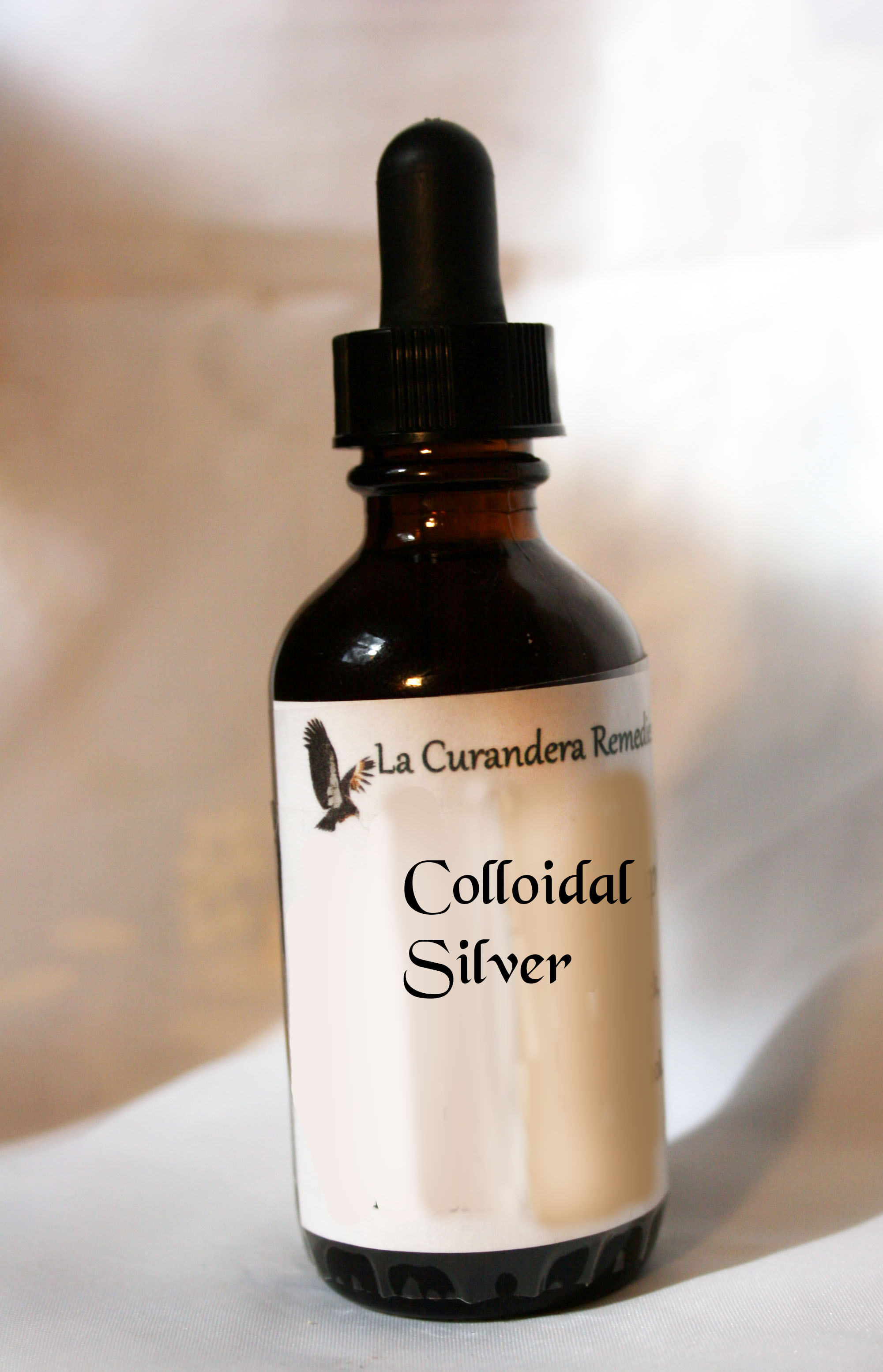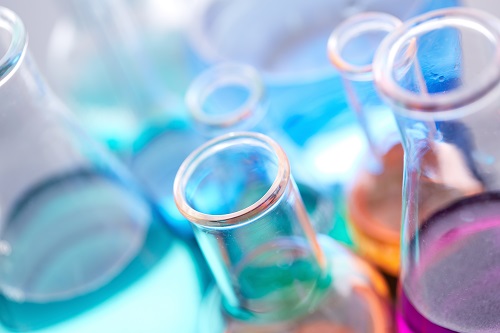

Other than the discoloration, research to date shows no significant evidence of clinically negative effects or damage. To put it very simply, argyria is not dangerous. If you really research this issue, you will find that in all of human history, there have been very few cases of argyria, and each and every one of them were due to the above causes and/or human irresponsibility. Tighter global health and safety guidelines for the workplace mean employees are more protected against over-absorption of silver. Lastly, the great majority of argyria cases happened because workers absorbed too much silver while on the job. In addition, many people became argyric from medical treatments that have since been discontinued. People are increasingly aware of the dangers associated with DIY silver and are wisely choosing professionally made products. Also, many cases of argyria resulted from ingestion of homemade silver particles.

#Colloniel silver blue skin how to#
Guidelines for when and how to use silver salts have become more precise, resulting in very few cases of overexposure. One is that many people became argyric due to exposure to silver salts. There are several reasons why the number of cases of argyria has decreased dramatically. By definition, this means it is a disease that affects 1 person in 2,000. How rare is argyria? According to Orphanet, argyria is currently a rare disease. Its goal is to provide reliable medical information for public wellbeing. As a result, the project does not serve any commercial or for-profit organizations. Funding is provided by Inserm, the French Directorate-General for Health, and the European Commission. Inserm, the French National Institute of Health and Medical Research, is the overall coordinator of the project. Orphanet is an informational reference portal for rare diseases, composed of health professionals from roughly forty countries. Once again, it is important to put things in perspective using reliable sources with scientific data.Īgain, we emphasize the use of scientific studies from trustworthy sources.

While this cosmetic change may be alarming, it is not really dangerous. When silver deposits come in contact with sunlight, a reaction takes place similar to that of old photographic plates. This change in pigmentation may be also found in the internal organs. Localized is found at the place where the silver entered the skin, while generalized argyria involves a silver-gray coloration in the skin, eyes, or nails. Such ions can damage the membrane too.Īrgyria can be localized or generalized. It has been suggested that AgNPs may act as Trojan horses, entering the cells and then releasing silver ions that damage intracellular functions. No such effect was noticed with coated silver.
#Colloniel silver blue skin skin#
Colloidal silver can also cause argyria with turning the skin blue. Similar to tattoos, silver can remain in the body for an extended period without causing a problem. The change in pigmentation is caused by excessive silver ingestion. Argyria results from silver sequestration in the body.


 0 kommentar(er)
0 kommentar(er)
